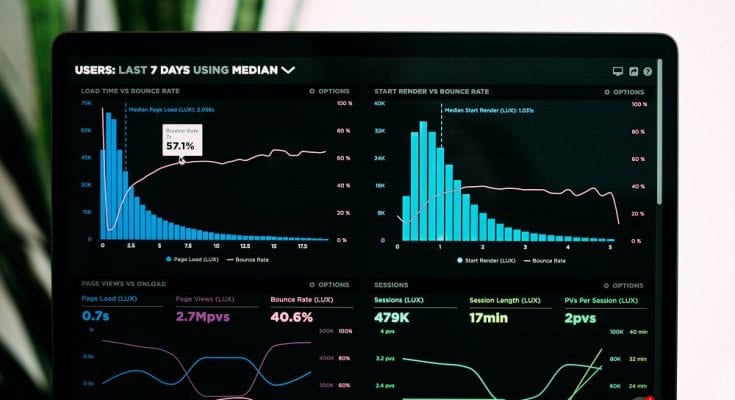Love monitoring your PC system? We do as well. Nerds, geeks, and ninja coders are known to be very fixated on what goes on in the background. Nerds typically attempt to ensure their PC system is working proficiently, while coders then again, use system monitoring to try out the memory impression of their recently made application. Not exclusively does system-monitoring help you get rid of the acting up applications, it additionally causes you become familiar with the manner in which your PC handles various cycles.
While on Windows the customary ‘Errand Manager’ is utilized by a great many Redmond fans around the world, its Linux-based partner, that is the ‘System Monitor’, isn’t excessively far behind. Furthermore, Linux offers its clients with more sans spam, quality alternatives to look over in this office. In this way, in case you’re searching for the best system monitoring software/instruments for Ubuntu, or some other Linux conveyance besides, read on as we cover the best in the class.
Conky
In 2009, Linux Magazine needed to say the accompanying regarding this stunning little instrument called Conky: “[Conky is] extraordinary compared to other kept up, and unquestionably quite possibly the most valuable, programs in the realm of open source”. Continually remaining consistent with that adept portrayal, Conky has end up being perhaps the most famous system monitoring devices for Linux, yet in addition for FreeBSD and OpenBSD. Not at all like the burdensome Windows 7 gadget system, has Conky mixed in impeccably with the work area, along these lines giving it a smooth, overlayish look. When introduced, the software allows you to screen your CPU, RAM, trade space, hard-circle space, temperature, battery power, and even presentation Tweets.
Aside from being unfathomably lightweight, the open-source apparatus is likewise respected for its adaptability. Clients can change their Conky config record to make the screen look and carry on any way they need. Regardless of not being so well known with the non-nerdy crowd, Conky has a gigantic after among Ubuntu clients. Truth be told, numerous strings in Ubuntu gatherings are immersed with posts of individuals gloating about their amazing Conky arrangements.
To begin with conky, essentially introduce it by composing in/gluing the accompanying order in your terminal (Works for Ubuntu, Debian, and Mint):
Once introduced, you can change it however much you need. In the event that you need to make it look truly elegant, remember to experience our previous article where we’ve recorded probably the best Conky contents/configs.
GKrellM
As appalling as it looks, GKrellM is, indeed, an amazingly helpful system screen. It is a solitary cycle pile of system screens that help different topics. Once introduced, you can utilize it to show hostname, clock, uptime, plate space, RAM, CPU, temperature and bunches of other significant information. Additionally, GKrellM likewise allows you to screen your IMAP and POP letter boxes. The fundamental preferred position of utilizing GKrellM over other system screens is that it runs all the screens (RAM, CPU, mail and so on) as a solitary interaction.
System Load Indicator (Ubuntu as it were)
On the off chance that you like best system monitoring software without shutting your present windows or opening new ones, at that point the System Load Indicator is the perfect apparatus for you. Exploiting Ubuntu’s marker menu, the free instrument allows you to watch out for processor utilization, RAM use, network use, trade space, hard circle space and the sky is the limit from there. The marker is a Vala port of GNOME’s system screen.
htop
htop is an intelligent interaction watcher for Linux. Like, yet more impressive than the mainstream ‘top’ utility, this order line device allows you to screen all the running cycles just as murder the getting into mischief ones. The application looks pretty much like an intelligent diagram; the cycle that utilizes the most assets moves to the top. Utilize the bolt keys to look through individual cycles and use F9 to slaughter the mischievous ones.



